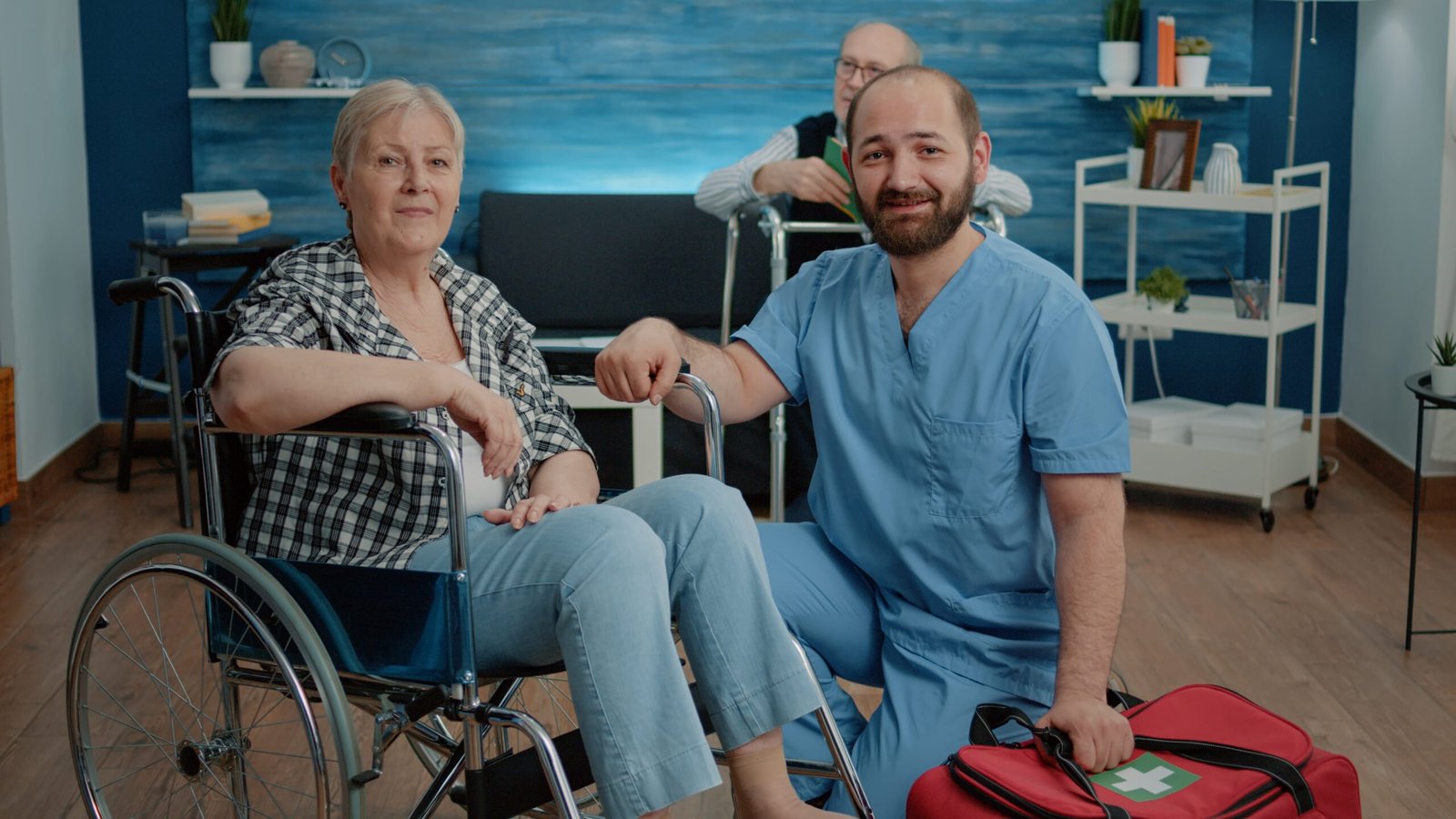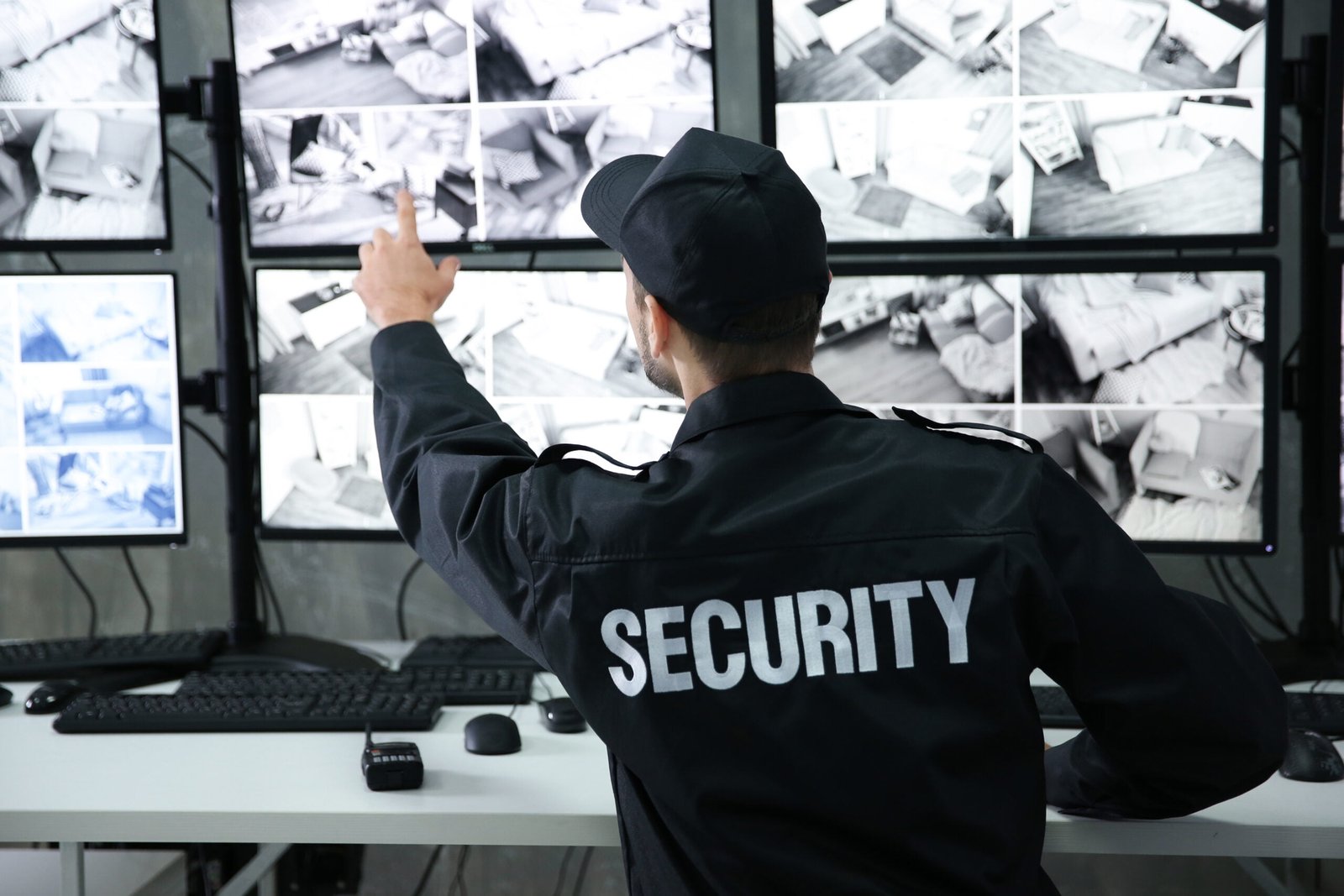Unearth the most important first aid qualifications that you need to have to save a life.
- 4.721 students
- Last updated 06/2024
First Aid Training
Among the First Aid Training Qualifications, the training provided includes Emergency Level-2 First Aid at Work, Level-3 First Aid at Work: Learning Outcomes, Level-2 Award in CPR & AED, Level-3 Award in Emergency Paediatric First Aid, and much more.
If you have any questions, kindly include your name, email address, and contact number and we shall call you back as soon as possible.
Descriptions
Among the First Aid Qualifications, these trainings comprise of different subjects such as; Emergency Level-2 First Aid at Work, Level-3 First Aid at Work: Learning Outcomes, Level-2 Award in CPR & AED, etc.
a)Level 2 Emergency first aid at work (RQF)
What are learning outcomes?
The EFAW training and assessment will cover topics including:
Programme Outline:
- Roles and responsibilities of a First Aider
- Evaluation and management of first-aid incidents
- Management of an unconscious casualty
- Management of a casualty who is not breathing normally
- Management of a casualty who is choking
- Management of a bleeding injury in a casualty
- Treatment for Shock

Key Points
Type Of Qualification: RQF Guided Learning Hours: 8 hrs. Where this qualification has been undertaken in less than 8 hrs. Further learner instruction may be carried out through research e.g. Internet use or reading or work based activities. Maximum class size 12 learners.
b) Level-3 First Aid at Work (RQF)
This program is an introduction to candidates to outline the learning outcomes of the program.
- Understanding of the roles and responsibilities of a first aider
- Legal requirements for first aid provision
- The significance of accurate incident reporting
- First Aid equipment and how to use it safely.
- Minimizing infection risk?
- Assessing the importance of an incident?
- How would you undertake a primary survey?
- Performing CPR and using an automated external defibrillator on a casualty.
- When should you call for help and how?
Key Points
Qualification type: RQF Guided Learning Hours: 24hrs. Where this qualification is run under 24 hrs, more learner guidance may be provided by way of research e.g. internet, reading, or work-based activities. Class size maximum 12 learners.
c)Level-2 Award in CPR & AED (RQF)
This course familiarizes candidates with the outline of the program.
- Demonstrate Cardiopulmonary Resuscitation (CPR)
- Show Compression only Resuscitation technique
- Exhibit competence in using resuscitation barrier devices.
- Express ability to handle choking victims correctly?
- Illustrate understanding about all types of AEDs that are available in the market today.
- List down some advantages of employing AEDs during emergencies involving children.
- Inform where to place the casualty’s body when he/she is unconscious but breathing, facing up towards you on the floor with shoulder against the ground and one leg raised with the knee bent.
- What are some hazards associated with placing someone in a recovery position?
- Describe handover procedures and reporting mechanisms that might be employed when dealing with patients who have experienced cardiac arrest.
- So, how could you tell that your defibrillator battery needed changing?
- Do electrode pads require replacement?
- Let us see how we can deal with problems related to improper functioning of an AED.
- Elucidate on safety measures while using AEDs.

Key Points
Qualification type: RQF Guided Learning Hours: 6hrs. Where this qualification is run under 6 hrs, more learner guidance may be provided by way of research e.g. internet, reading, or work-based activities—class size maximum 12 learners.
d) Level-3 Award in Emergency Paediatric First Aid (RQF)
Candidates will be introduced to the qualification program’s outline.
- Somebody who does not respond or breathe normally and someone who does not react and breathe well
- When an individual has a foreign body obstructing the airway and choking
- A person with external bleeding, dislocation, fracture, sprain, strain or spinal injury;
- Who is suffering from the effects of extreme heat/cold?
- After an electric shock burns or scalds may occur to a child.
- The person poisoned was bitten or stung by something.
- With minor injuries such as cuts & grazes, bumps & bruises; splinters (removal of); nosebleeds
- Those with localized infections like conjunctivitis or otitis media; smell bad; blood-shot eyes.
- Sufferers of head and spine injuries together with anaphylaxis also in shock.
Key Points
Qualification type: RQF guided learning hours: 10hrs. Where this qualification is undertaken in less than 10 hours. Additional learner instruction may be undertaken through research i.e. Internet, reading, or work-based activities. Class size maximum 12 learners.
e) Level -3 Award in Paediatric First Aid (RQF)
This course has been developed for those wishing to become proficient in performing first aid on children/babies. This certificate must be completed by all registered child carers working within England, Wales, and Northern Ireland to meet legal requirements set out under the Statutory Framework for the Early Years Foundation Stage produced by the Department for Education and Skills.

Learning outcomes
Unit 1
– To have a clear comprehension of the role and duties of a nurse in pediatrics.
– To know how to evaluate an emergency without taking risks.
– To be capable of rendering first aid to a baby/child who is motionless and breathing well.
– To be able to provide first aid to an infant/child who is unconscious and not breathing properly.
– To be able to give initial care for some unconscious infants/children whose airways have been blocked by foreign objects.
– To be able to take care of external bleeding conditions in infants/children.
– Knowledgeable in treating an infant/child in terms of shock
– Knowing how to do first aid for an infant or child with bites, stings, or minor injuries
Unit 2
– Being able to administer first aid to babies/children with injuries on muscles bones and joints can make this topic go far beyond what many understand about it.
– Being familiar with administering first aid for babies/children with head and spinal damage would make you want more than what you already have about this subject matter.
– Understanding how one can render first aid when confronted with medical issues affecting the eyes, ears as well as nose of infants/children would make you wish you had something extraordinary regarding this matter.
– Knowing how one can employ immediate actions towards the rescue of chronically sick or suddenly ill babes within a split second would leave anyone desperately wanting more details on this issue.
– Figuring out that specialized treatments are required when dealing with very hot or very cold injured kids will simply increase your search on Google using different keywords besides just first aid.”
– Acquiring knowledge that electric shocks cause harm both from mild ones that resemble bee stings to serious burns will completely shatter your belief that neonates are immune from danger connected with electricity.
– Grasping that burnt bodies need cooling while scalded ones require heating could not make you sit back and relax; it would make you consult various sources on burns like Google, Microsoft Bing, and any other search engine.
– Realizing the instant need to act when an infant or child has swallowed poison will take you straight to the computer for more information about first aid of poisoning.
– Knowing what should be done whenever a baby/child contracts anaphylaxis is therefore very important in first aid.

Instructors

Trainer
This course includes:
- Thorough first aid techniques coverage
- Modules that give you practical experience
- Access on mobile and PC
- Zoom First Aid Class
- Certification on completion
Become an expert in your field with our online course.
Begin your education journey now! Our courses are organized in a way that fits your time, we have a team of qualified tutors and they will equip you with current job skills. Sign up with us today and start achieving your career objectives.
Related courses

Raise the level of safety at your workplace by having essential Health and Safety Qualifications.
- Live Class
- Include Certificate

Learn vital food safety skills through specialized professional certifications.
- Live Class
- Include Certificate

We promise to provide the best health and social care by educating our staff and training them in this area.
- Live Class
- Include Certificate

Upgrade your security career with recognized certifications that take into account various positions.
- Live Class
- Include Certificate

